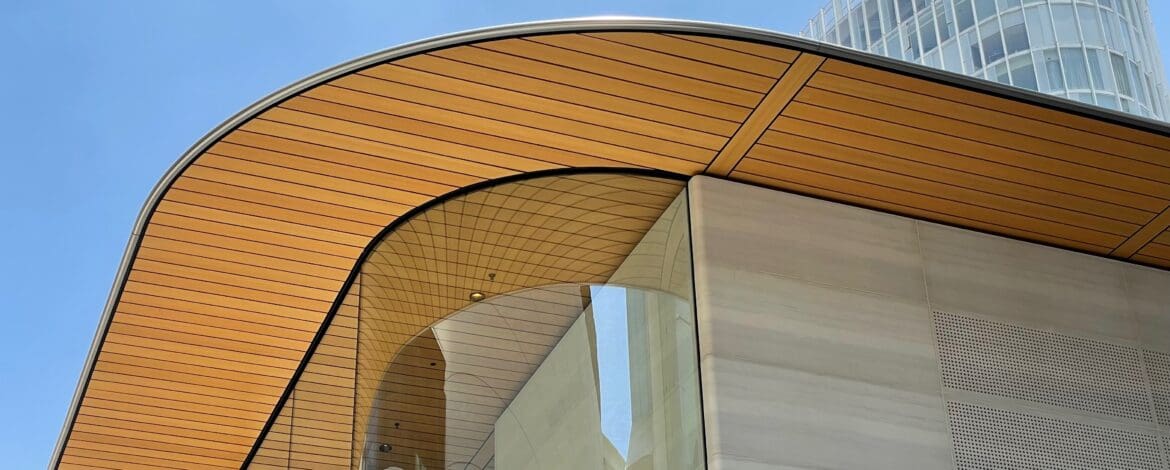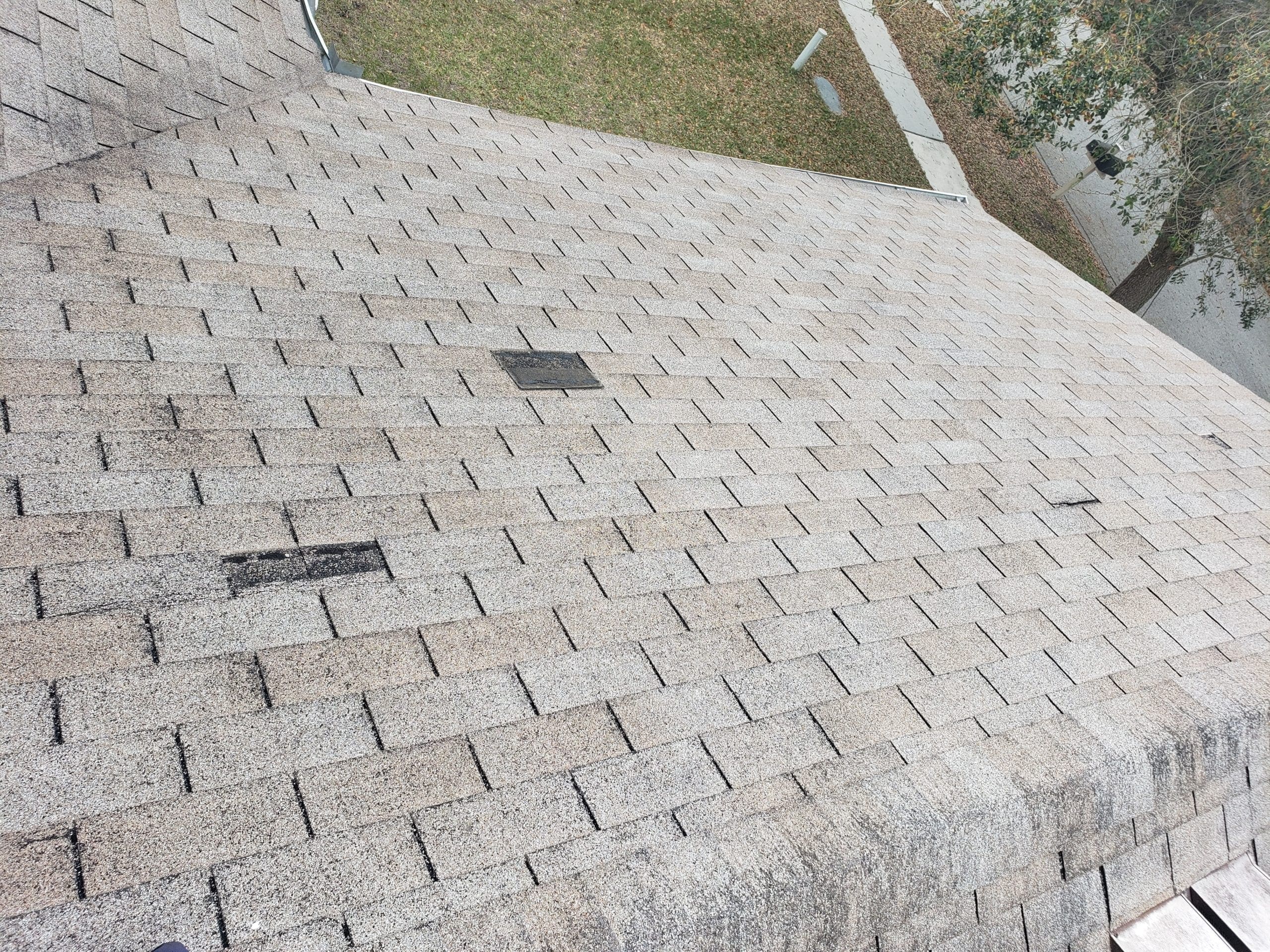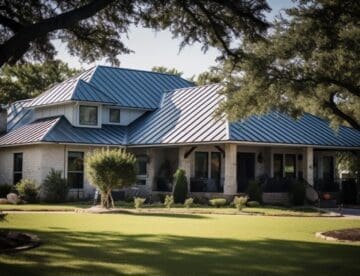The science behind conventional roof assemblies is something most homeowners never think about. However, a huge difference exists in how asphalt shingles, wooden shakes, and metal roofs perform in Florida’s harsh climate. Also, roofing options can impact your home’s energy consumption, durability, insurance costs, and performance in hurricanes.
Understanding the science of roofing can help you make informed decisions about your home. You can make the best choices to ensure your roof functions at its best despite year-long sunshine, high humidity, and the occasional tropical storm.
This article explores the fascinating world of roofing science. You will learn how various roofing materials perform in different weather conditions. So, let’s dive in and uncover the secrets of a well-built roof.
The Core Principles of Roofing Science
As technology improves, new science innovations impact roofing structures and design. New roofing materials and membranes help to minimize leaks, resist UV damage, and are more resilient in high winds.
For example, the Federal Emergency Management Agency (FEMA) produces updated science-based guidelines on roof installation to make them more resilient during hurricanes. These include advice on roof slope, gable brace connections, and appropriate roof coverings.
Here are five core principles of roofing science:
- Durability: Choosing roofing materials and roof slope is vital based on climate, average rainfall, and wind speed. One study found that most asphalt roofing shingles experience failure at high wind speeds.
- Insulation: Better insulation techniques improve energy efficiency and reduce heat loss. This maintains comfortable indoor temperatures, thus making energy savings.
- Thermal performance: Roofing science has developed cool roofs that improve solar reflectance, helping to lower AC energy consumption in summer. Also, green roofs help reduce a homeowner’s carbon footprint.
- Water resistance: Science has helped develop new polymer and silicone coatings, helping to prevent leaks and water damage in hot-humid, mixed-humid, and marine climates
- UV protection: Roofing science has helped to develop materials that resist UV degradation for long-term performance. They also increase thermal emittance and reduce energy demand in summer.
Asphalt Shingles in the Heat
UV rays can gradually break down chemical compounds in asphalt roofing materials, causing them to become brittle and lose flexibility. This degradation leads to cracking, warping, and a shortened lifespan of the roof, making it vulnerable to leaks and damage from environmental elements.
Roofing science has helped to develop shingles with properties to reflect solar radiation. They incorporate special reflective granules to reflect solar energy—ideal for hot climates. This technology reduces heat stress and heat absorption in asphalt shingles.
This solar reflectance helps keep homes cooler, lowers energy costs, and minimizes the urban heat island effect. These factors make homes in Florida more energy-efficient and environmentally friendly.
Metal Roofs and Temperature Extremes
The unique climate of the Sunshine State can impact metal roofs.
During the day, intense heat and sunshine causes metal to expand as it absorbs heat energy. At night, when the temperature drops, the metal contracts. This cycle of expansion and contraction puts stress on the roofing materials and fasteners. Over time, extreme temperatures, humidity, and salt air can corrode metal roofs.
However, metal roofs with reflective coatings help reduce heat absorption and result in energy cost savings. They also are better for hurricane-prone areas due to their excellent durability and wind resistance.
Therefore, metal roofing products are less likely to be torn off or damaged by strong winds, providing long-lasting protection during severe storms.
Related reading: How to future-proof your home for Florida’s climate.
Clay Tiles and Rainy Weather
Clay shingles offer superior water-shedding capabilities due to their design. These roofing materials are non-porous, and have high insulation properties. They also excel at ensuring rainwater flows efficiently off the roof. Their curved, overlapping shape creates a natural drainage system.
Although expensive to install, clay roofing tiles are ideal for hot and humid climates. Also, clay is resistant to UV damage and doesn’t fade over time like asphalt shingles. Some studies suggest that clay roofing material can be a good, cost-effective, cool roof solution.
Clay shingles can effectively prevent water from seeping into the roof structure and ensures effective water shedding and protection against leaks.
Wooden Shingles in Humid Climates
Wood shingles can give a home a high-end look with fantastic curb appeal. High-quality wood shakes like cedar and redwood contain natural oils and resins that provide a natural moisture barrier. Additionally, wood shingles provide excellent insulation and are highly resistant to wind damage—essential if you live in Florida or coastal areas.
Before considering installing wooden shingles, it’s vital to consider your local climate. North-facing roofs in warm, humid climates are prone to increased dampness, leading to moss, mildew, algae, and lichens.
Dampness in wood shingles doesn’t only affect their aesthetic appearance. The wood absorbs moisture, causing it to rot and degrade faster. This can result in frequent leaks and poor water-shedding capabilities.
Rubber Roofing in Colder Climates
Rubber membranes are an excellent weather-proofing solution for roofs in Florida. Because the Sunshine State rarely gets extremely cold temperatures, rubber roof systems are not prone to cracking. However, EPDM (ethylene propylene diene monomer) rubber roofing materials remain flexible even in cold climates.
Synthetic Roofing Materials: An All-Weather Solution?
Scientific innovations in the roofing industry have produced highly durable synthetic materials that mimic traditional roofing solutions.
Here are some popular examples:
- Synthetic composite shingles mimic the look of traditional wood or cedar shakes. They are aesthetically appealing but more robust than wood shingles.
- Synthetic slate roofing tiles with engineered polymers or rubber compounds provide a lighter, more cost-effective solution to traditional slate.
- Synthetic clay or concrete tiles give roofs in Florida a traditional look but at a fraction of the cost of conventional roofing materials. Also, they are less prone to hurricane damage because they are resistant to cracking.
How Proper Installation Enhances Material Performance
Regardless of the properties of roofing materials, proper installation is of primary importance.
Professional roofing contractors in the Tampa Bay area can provide expert roofing strategies based on the local climate. They also know how to install flashing, sealing, and ventilation and ensure roofs withstand tropical storms and hurricanes.
Unfortunately, some less-experienced roofers make common mistakes that impact a roof’s resilience and life span. These include the following:
- Insufficient ventilation: Moisture buildup and dampness.
- Incorrect use of fasteners: Materials get blown off roofs in strong winds.
- Poor flashing installation: Frequent water leaks and damage to the roof structure.
- Neglecting underlayment: Increased roof leakage and reduced thermal efficiency.
Use Roofing Science to Make an Informed Choice
Understanding roofing science can help you select the right roofing materials. Choosing the most suitable type of roof for your climate extends its life span, making it more resilient in extreme weather events.
If you’re ready to invest in a roof replacement or need expert advice, contact Code Engineered Solutions. Our team of roofing experts is well-versed in the science of roofing. We can guide you in making an informed decision on choosing the right roofing material.




